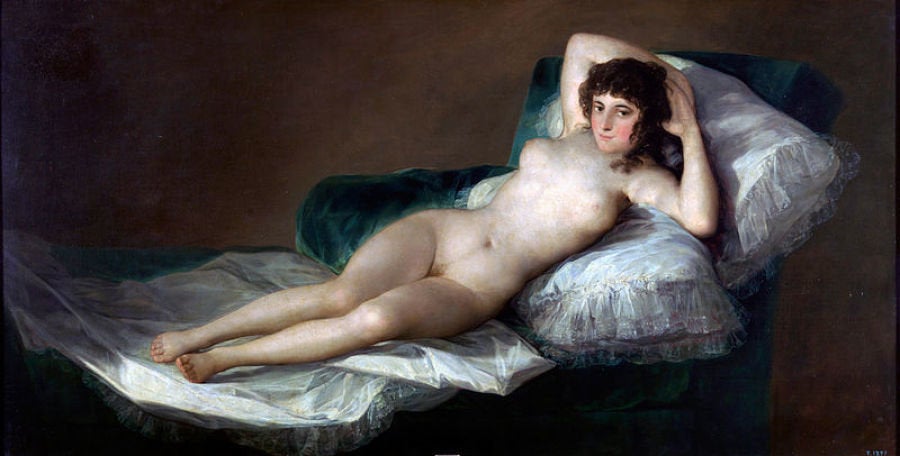Walk through the halls of New York's Metropolitan Museum of Art on your own and you're sure to receive at least an afternoon's worth of a history lesson. Beside the centuries-old paintings and sculptures hang placards that give a quick glimpse into the stories behind the art. Many tell tales of myth or allegory, others of well-to-do figures of the past, patrons of the great artists we study today.
Very few mention sex at all, especially as it pertains to women.
"Some art is about religion," Professor Andrew Lear, founder of Shady Ladies Tours, writes on his website. "Some art is about power. But lots of the greatest art is about sex and sexiness, and the Met has a bordello-full of racy artworks, art that tells the history of human sexuality." You just might not know it.

Lear is on a mission to bring these juicy tales of sexuality to the forefront. As the self-proclaimed polar opposite of Sister Wendy, he's launched Shady Ladies as an alternative tour service at the Met, one that embraces the untold tales of courtesans, royal mistresses and otherwise scandalous women whose faces -- and nude bodies -- populate the halls of the museum.
"My goal is to reconnect people with the sexy side of art history," Lear explained on a recent visit with The Huffington Post.
His tour moves through the familiar wings of the behemoth institute, where he waxes poetic on the dramatic histories behind the hetaerae of Greek vase painting, the naked sculptures of Praxiteles, and the work of well-known painters like Titian, Manet and Degas. As it stands, these works depict the faces of both nameless and infamous women -- from mythic figures like Venus and Salome to very real ladies like Madame X and Grace Dalrymple Elliott. Yet their biographies are virtually absent from the historical material available to museum-goers.
Lear, founder of similarly tantalizing tours devoted to Oscar Wilde and "Gay Secrets," is out to correct this historical imbalance.
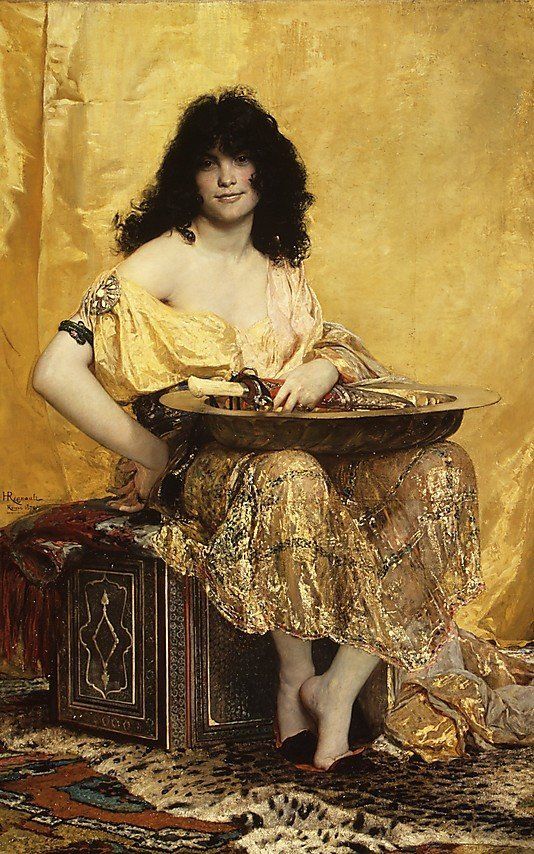
Standing in front of a painting by Edgar Degas, occupied by his signature subject, ballerinas, Lear points out the shadowy figure of a man in a top hat watching the women as they prepare for the stage. History buffs know that ballets were originally performed by men; like Shakespearean plays, the male dancers playing women acted in drag. When women finally entered into the profession, they were not paid much. Yet, as categorically pleasing bodies and artistically-inclined minds, they drew the attention of suitors with money to spend. The shadowy figure, Lear explained, is likely one of the women's patron.
So were these ballerinas, who fraternized with monied male patrons, courtesans? No, we have no idea as to whether the patron relationship involved sex. But Degas' image plays with the conservative attitude that obscured 19th century sexuality. Degas renders the man amongst the ballerinas as a blurry, dark figure, barely articulated, as though his presence behind the stage was never really advertised. The women appear at ease, though one can be seen shirking behind the figure, perhaps listening in on the conversation being had. It's a mysterious setting, one hardly explained in the small, white rectangle of information the Met provides.
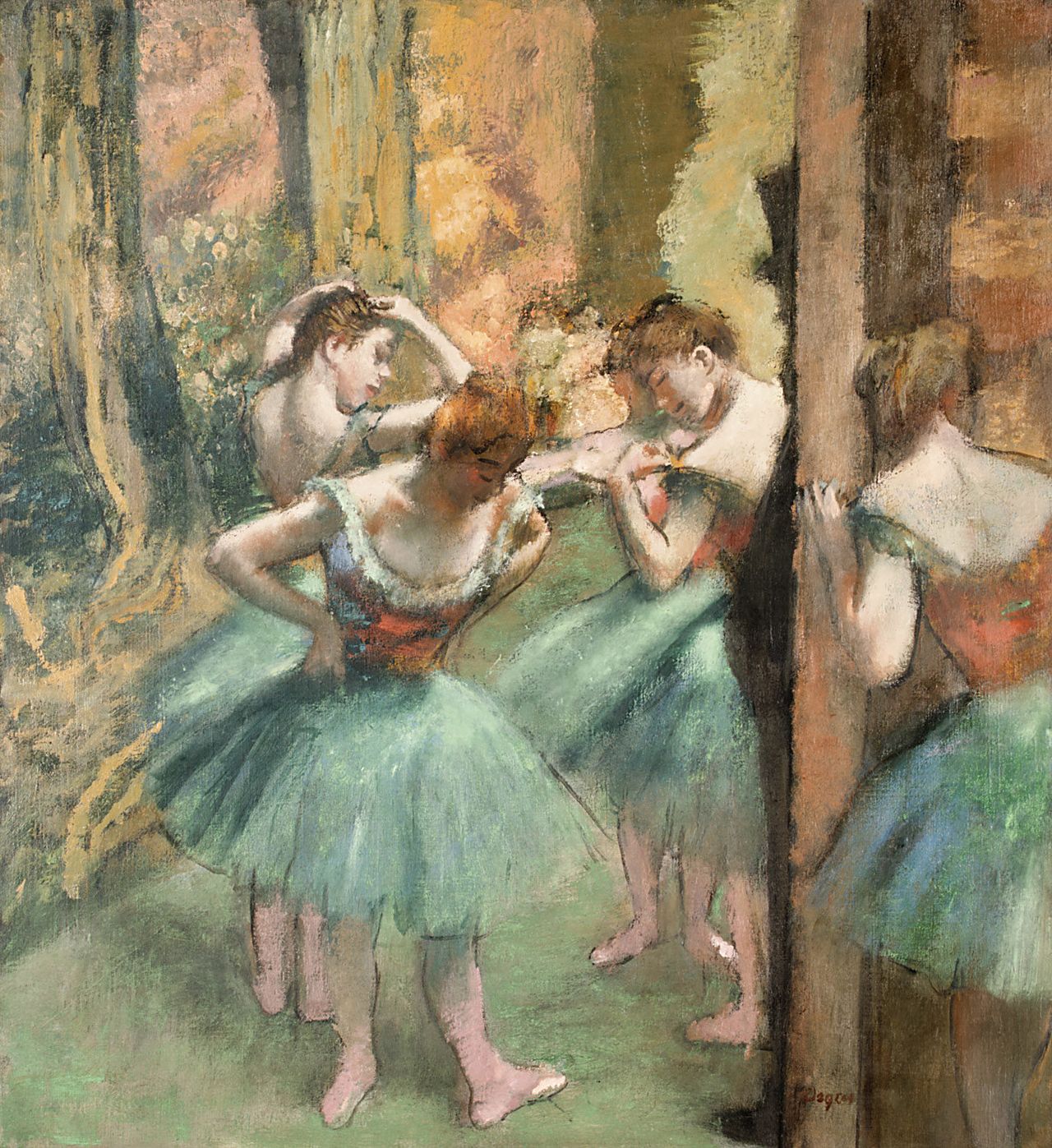
Lear is eager to share more stories like this: the tale of Elizabeth Farren, a late 18th century actress painted by Sir Thomas Lawrence; Victorine-Louise Meurent, the painter and model of Edouard Manet; Madame de Pompadour, the official chief mistress of Louis XV and the woman who commissioned portraits from François Boucher. Beyond the names, he speculates on the role of hetaerae in art -- referring to a specific type of sex worker in ancient Greece -- and the relationship between courtesans, dancers, actresses and the artists commissioned to paint them.
As male was, more often than not, the gender responsible for documenting sexuality on canvas throughout history, Shady Ladies accordingly focuses on the women displayed. There are non-heteronormative gems amongst the bunch though. Take, for example, "The Horse Fair" by Rosa Bonheur, a "New Woman" of the 19th century who wore men's clothing and preferred female "companions." During our tour, Lear dramatically revealed that the figure in the center of her painting, donning a blue jacket, nearly obscured by a bucking horse, is in fact Bonheur herself.
Secrets abound.
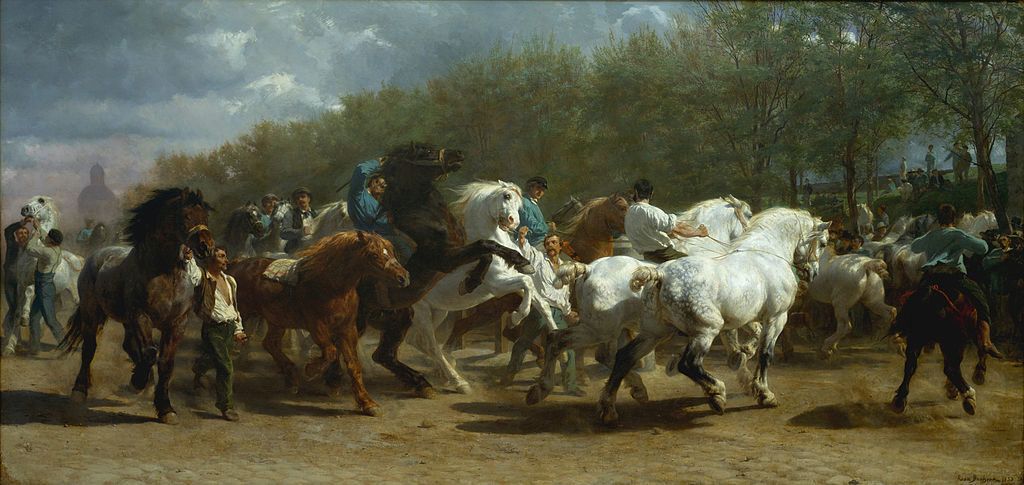
Lear also runs a broader Sexy Secrets tour, which combines tidbits from his Gay Secrets segment (think: the shady boys of Caravaggio's paintings) with the gems of Shady Ladies. Both of these tours veer outside of the mostly Western purview of Shady Ladies, telling tales of sex in India, China, Korea, Japan and more. But there's something particularly intriguing about Shady Ladies, especially given the fact that 85 percent of the nudes at the Met are female. Their stories deserve to be told.
At the end of the day, the "Shady" of Lear's title seems to refer less to the "disreputable" occupations of the women and more to the dubious ways institutions gloss over their contributions to art history. For what it's worth, Dr. Ruth, sex therapist extraordinaire, enjoyed her visit. For those not of the prudish heart, a field trip to the Met might be in order.
For more information on Shady Ladies Tours, check out the ticketing website. The next tour will be held on Friday, Feb. 26. See a preview of the paintings discussed in the tour below.
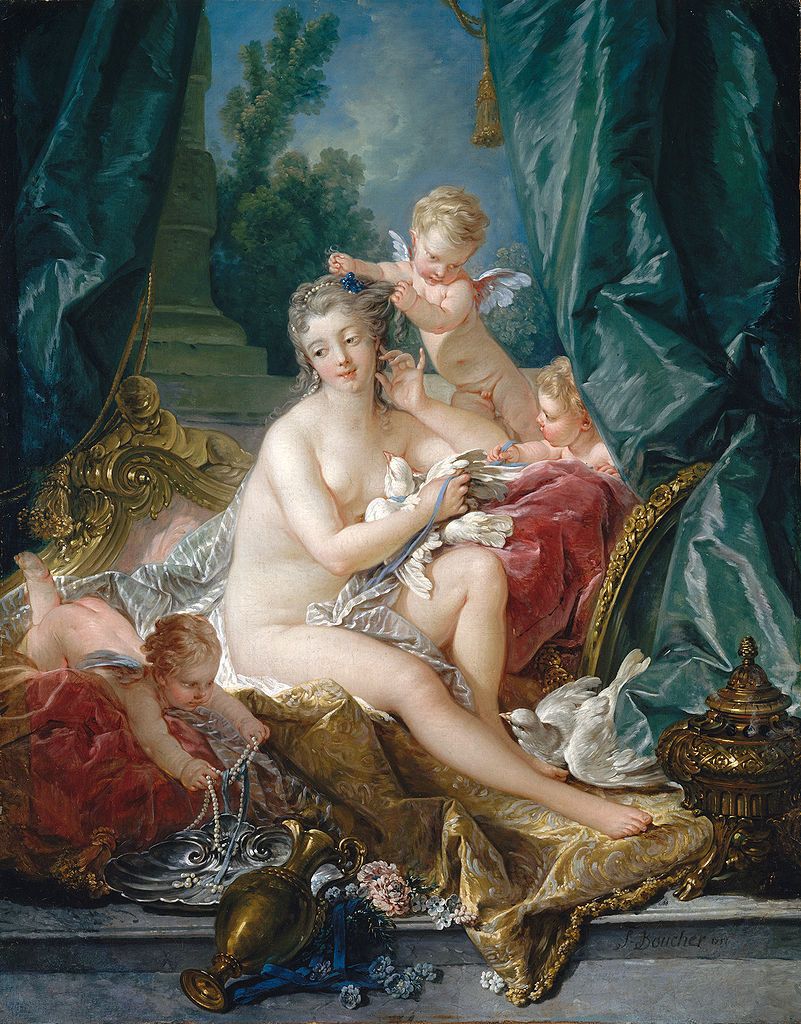
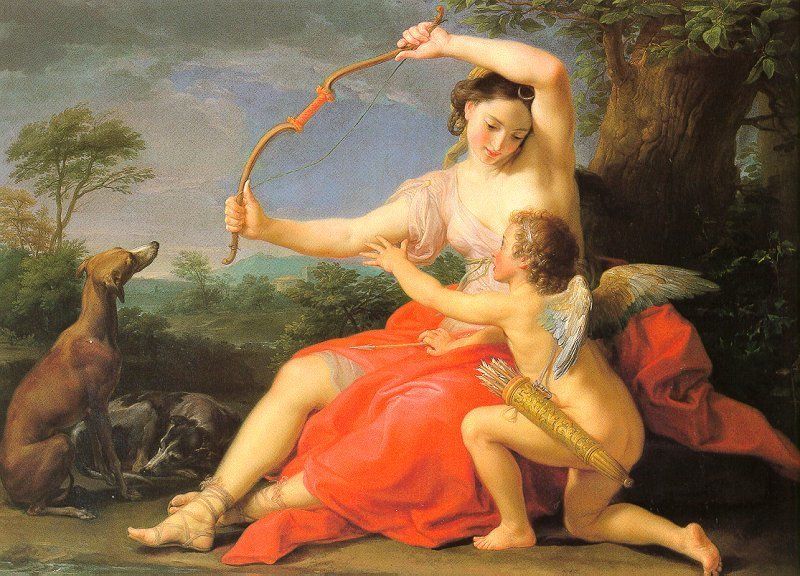
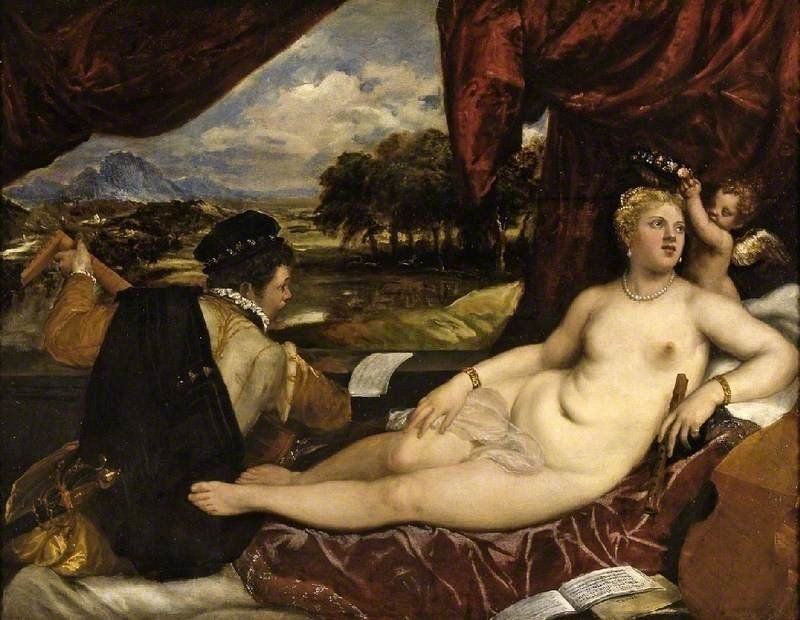
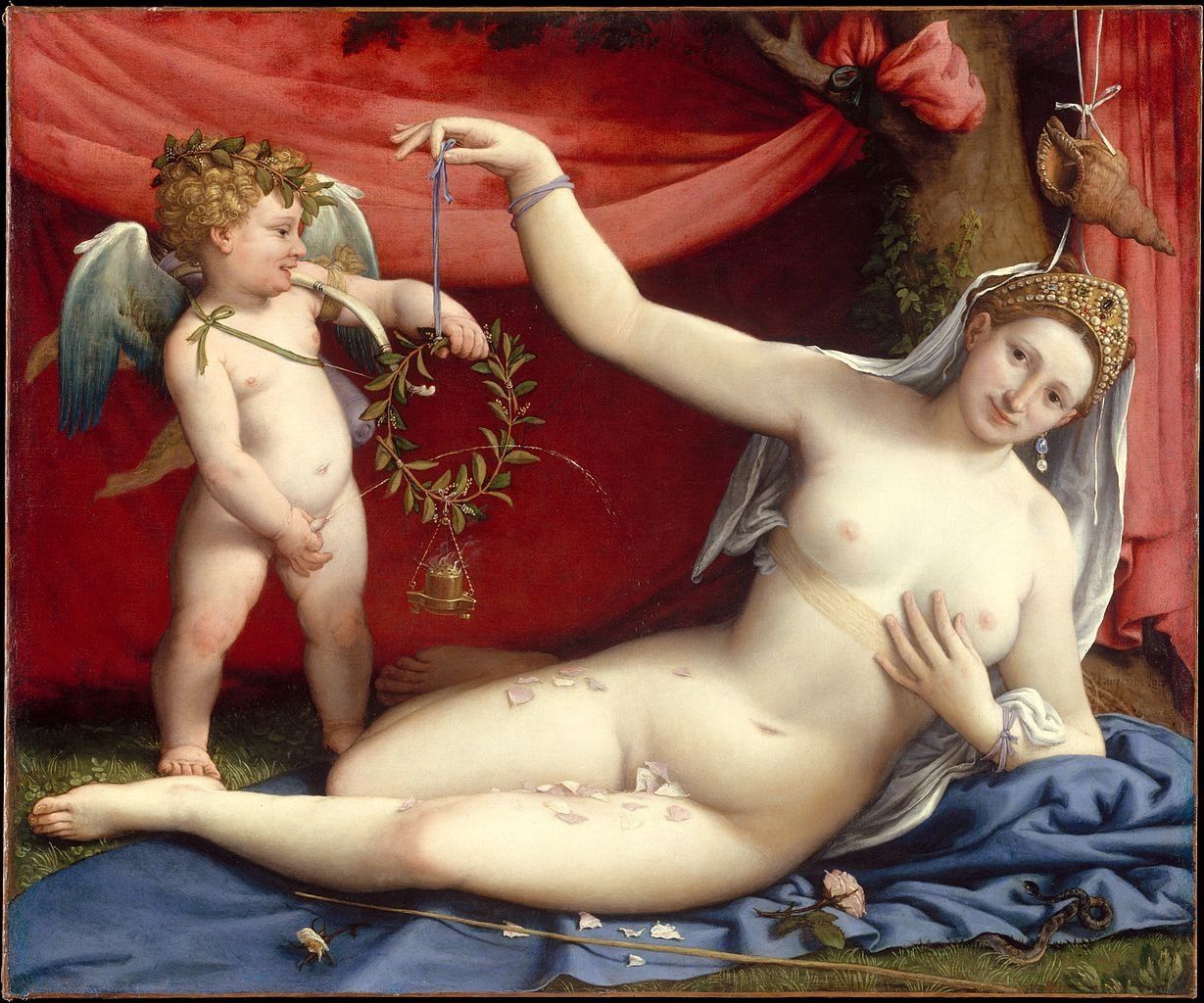
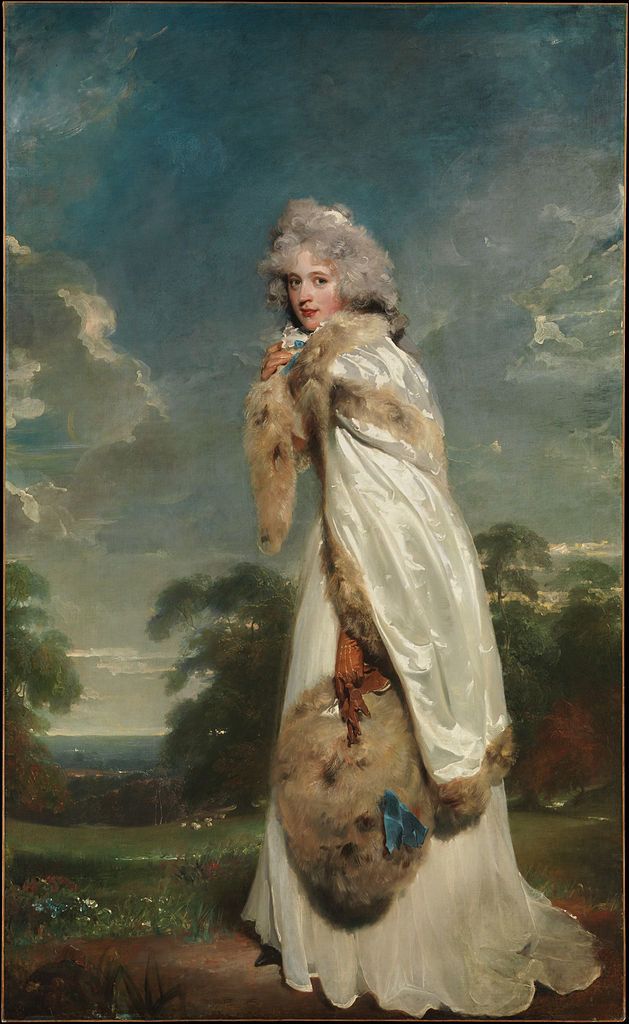
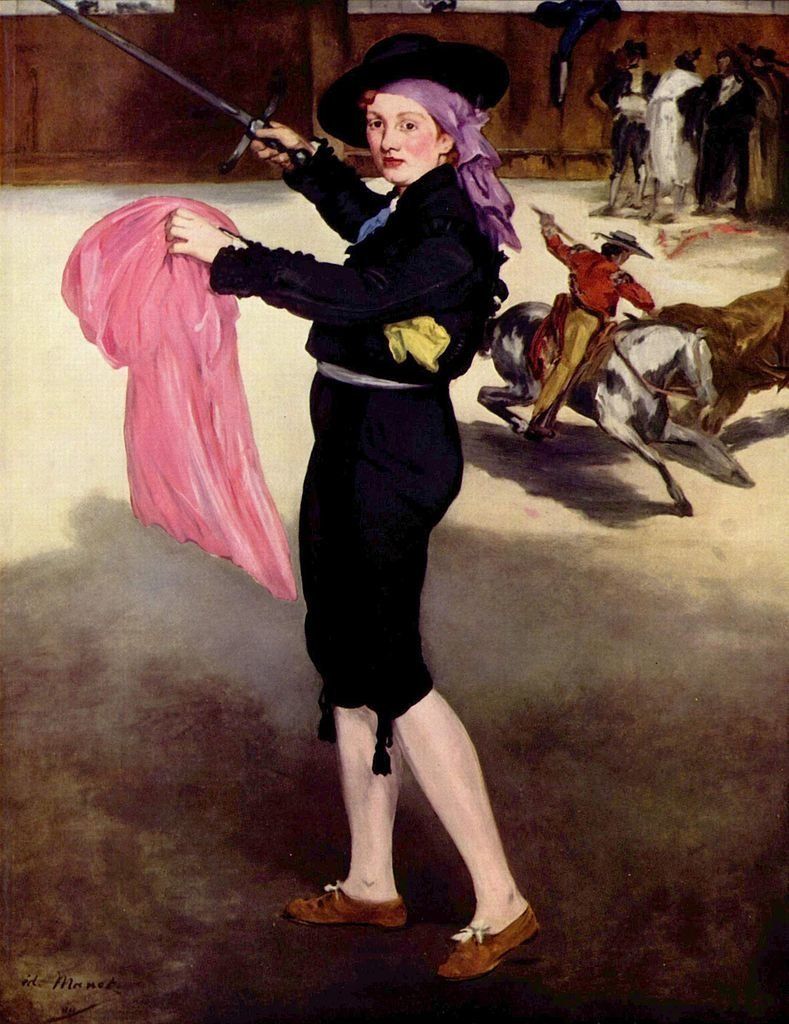
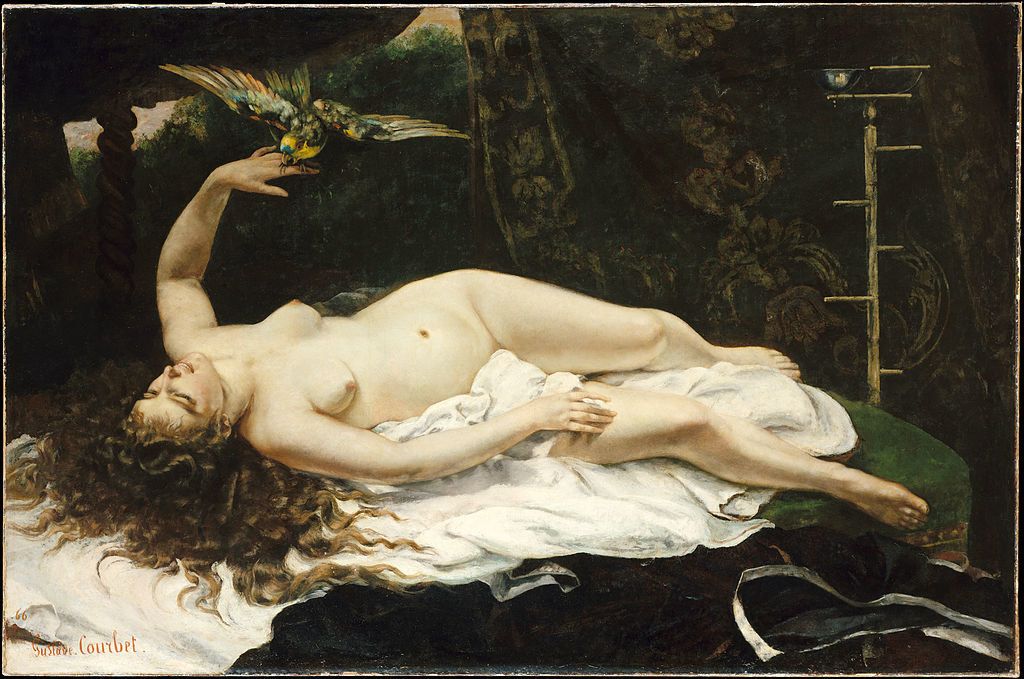
Also on HuffPost:


